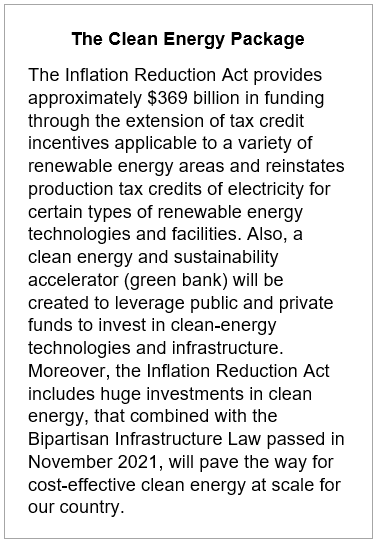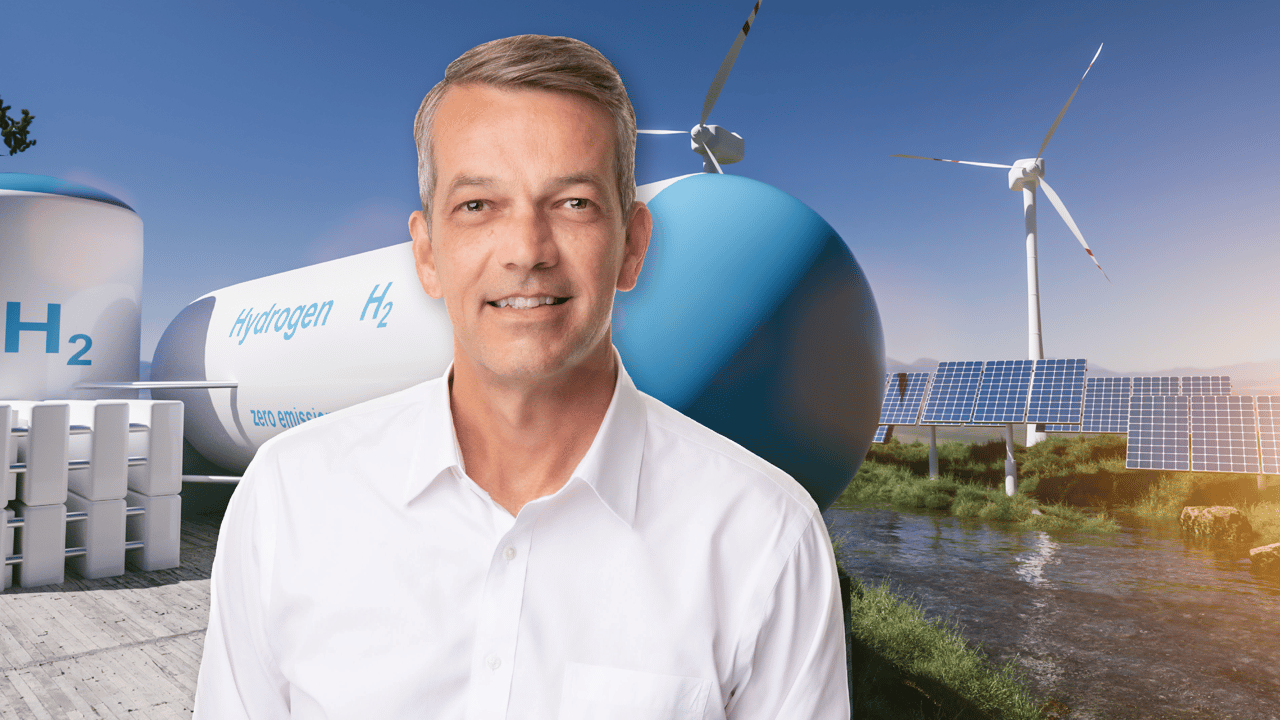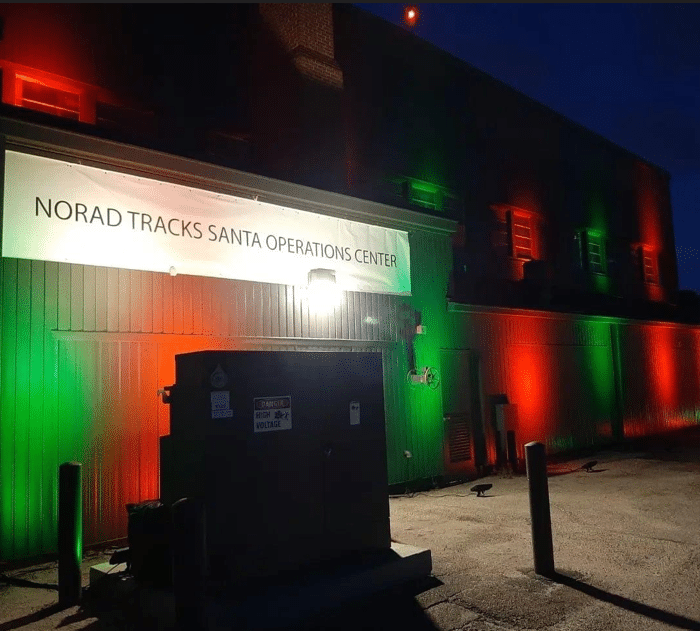“Unprecedented.” “Historic.” “Greatest pro-climate legislation.” These are just a few lines used to describe the Clean Energy package that was part of the recently passed Inflation Reduction Act. As a complement to the Bipartisan Infrastructure Law (BIL) of 2021, I would add “technology game changer” to this list.
 The Clean Energy package presents a unique opportunity for the U.S. government to lead the energy transition and scale up advanced clean energy technology. We must keep our foot on the accelerator to take advantage of this exciting opportunity and make a true difference in addressing climate change.
The Clean Energy package presents a unique opportunity for the U.S. government to lead the energy transition and scale up advanced clean energy technology. We must keep our foot on the accelerator to take advantage of this exciting opportunity and make a true difference in addressing climate change.
The U.S. Department of Energy (DOE) is taking the lead to significantly accelerate the use of clean energy technologies to reduce energy costs and increase access to clean energy for all citizens. The good news is the shift is already underway. The DOE has enhanced funding at the National laboratories to invest in breakthrough technologies and companies like Amentum will be tapped to help the country achieve its clean energy goals.
Federal funding for research, development, demonstration, and deployment is critical to unlock even greater amounts of private sector capital that will flow into clean energy. DOE has restructured to implement and fund programs that support decarbonization and it is critical that industry bring forth not only technologies and solutions for consideration, but also the skills and capabilities to deliver them. It is equally critical that private sector capital be leveraged in concert with federal investments to scale clean energy technologies to affect the energy transition.
Kudos to the DOE’s Office of Clean Energy Demonstrations (OCED) and their effort to implement key technology demonstrations and deployments under the Bipartisan Infrastructure Law. DOE’s implementation will cover ten critical areas, totaling more than $21B in federal capital:
- Regional Clean Hydrogen Hubs
- Carbon Capture Demonstrations
- Carbon Capture Large-Scale Pilot Projects
- Industrial Emissions Demonstrations
- Clean Energy Demonstrations on Mine Lands
- Energy Improvement in Rural and Remote Areas
- Energy Storage Demonstration and Pilot Grants
- Long Duration Demonstration Initiative and Joint Program
- Upgrading Grids Demonstrations
- Advanced Reactor Demonstrations
For example, many Regional Clean Hydrogen Hub consortia are already forming around the country with plans for exciting projects across the hydrogen value chain, aimed at investing in large scale decarbonization in critical industries in America. This is happening while green hydrogen is gaining traction and attracting both private sector and government capital across the globe. These investments bode well for America and American jobs.
It is not just funding that will drive DOE and industry success, but the human capital needed within DOE – OCED seeks to hire a 300-person team of project management experts and grant management specialist to deliver these programs for our country.
Of course, our government can’t do this alone. The private sector must take an active role to commercialize deployment and scale up for full scale market deployment. Across industry I see new technologies being brought to bear to address climate change. Recently, my company restructured our organization to respond to the clean energy challenges and the numerous opportunities in this market. We are working to advance new technologies and create new partnerships to meet this challenge. It is not only a huge opportunity for industry, but the necessary thing to do for our future. Let’s all take advantage of this opportunity to further diversify and advance the energy transition, as well as our economy!
-Mark Whitney









